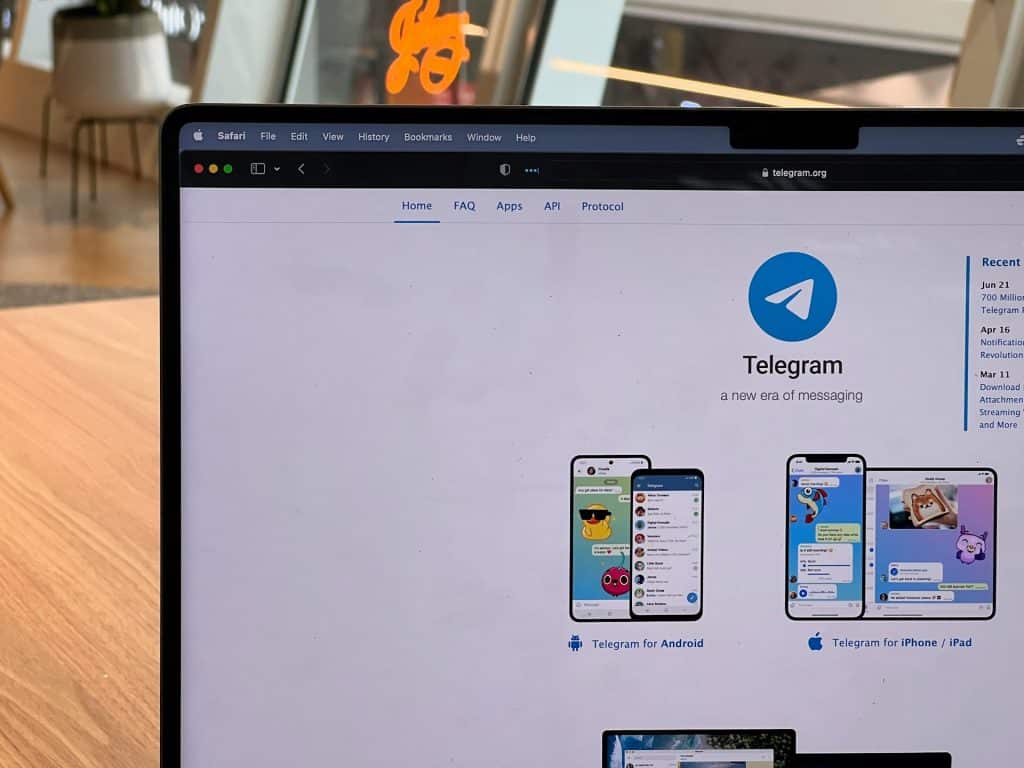A lightweight SMTP server that forwards all incoming emails directly to Telegram — ideal for real-time alerts, automation, and developer workflows.
When managing servers, CI/CD pipelines, or automated scripts, getting critical notifications instantly can save time, effort, and even prevent disasters. While most tools rely on email for alerts, setting up email servers or monitoring inboxes can be overkill.
That’s where smtp_to_telegram comes in — a minimalist, open-source SMTP server written in Go that forwards all incoming email messages straight to one or more Telegram chats via a bot.
Why Use smtp_to_telegram?
- 🚀 Instant notifications in your Telegram app, no email clients needed.
- 🔧 Works with any software that sends email — from cron jobs to backup scripts.
- 🔐 No need to expose credentials, use TLS, or set up mail servers.
- 🐳 Docker-ready and easy to deploy in minutes.
- ✅ MIT-licensed and fully open-source.
Common Use Cases
- Backup completion alerts
- Cron job success/failure messages
- Zabbix or Prometheus notifications (without webhook setup)
- CI/CD pipeline status
- Web form submissions or logs from custom apps
Getting Started in 5 Steps
- Create a Telegram bot
Talk to @BotFather, create a bot, and save theBOT_TOKEN. - Start a chat with your bot
Open the bot in your Telegram app and send/startto activate it. - Retrieve your chat ID
Use the following command and look forchat.idin the JSON:curl https://api.telegram.org/bot<BOT_TOKEN>/getUpdates - Run the Docker container
Replace the variables with your own:docker run --name smtp_to_telegram \ -e ST_TELEGRAM_CHAT_IDS=<CHAT_ID1>,<CHAT_ID2> \ -e ST_TELEGRAM_BOT_TOKEN=<BOT_TOKEN> \ -p 2525:2525 \ kostyaesmukov/smtp_to_telegram - Point your software to
smtp_to_telegram:2525- No TLS or auth required
- Just configure the SMTP server as
smtp_to_telegramand port2525in your sender software
Message Format Customization
By default, messages look like this:
From: [email protected]
To: [email protected]
Subject: Backup Complete
Your backup completed successfully!Want to simplify it? Set your own format:
-e ST_TELEGRAM_MESSAGE_TEMPLATE="Subject: {subject}\n\n{body}"Available placeholders:
{from},{to},{subject},{body},{attachments_details}
Docker + Local Networking
If you’re using Docker Compose or internal Docker networking, you can route other containers’ SMTP traffic to smtp_to_telegram using the container name:
services:
app:
environment:
MAIL_HOST: smtp_to_telegram
MAIL_PORT: 2525
smtp_to_telegram:
image: kostyaesmukov/smtp_to_telegram
ports:
- 2525:2525
environment:
ST_TELEGRAM_CHAT_IDS: "<CHAT_ID>"
ST_TELEGRAM_BOT_TOKEN: "<BOT_TOKEN>"Advantages
- ✅ Tiny footprint, runs in seconds
- 🔒 Ideal for private networks or local alerts
- 📱 Real-time push to mobile devices
- 🔄 No dependencies on third-party email providers
- 🧩 No CAPTCHA, no spam filters, no delay
Limitations
- No retry if Telegram is unreachable (though recent updates improve reliability)
- No TLS or encryption — use only inside trusted networks
- Doesn’t support receiving emails with attachments (yet)
Final Thoughts
smtp_to_telegram is a fantastic example of doing one thing and doing it well. If you’re tired of managing email notifications or just want a faster way to receive alerts on your phone, give it a spin. In a world full of bloated monitoring tools, sometimes a simple SMTP bridge is all you need.












